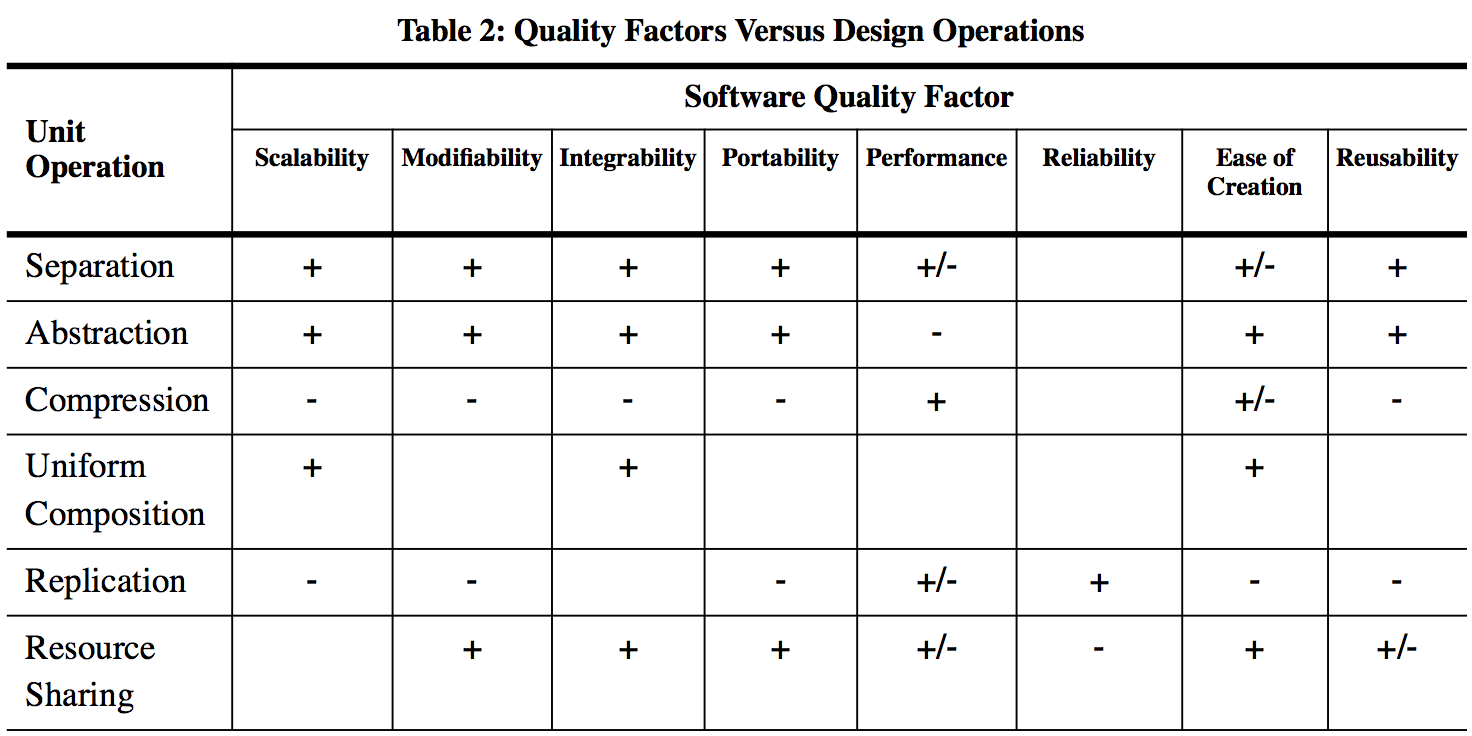2. Context and Background
In this chapter, we establish a practical context and provide some background information for the study of programming languages.
2.1. Software requirements
In most cases, we develop software to provide some form of value:
learn a language, library, framework, platform, technique, or tool (see also the ThoughtWorks Technology Radar)
solve a problem
produce an asset
There is usually some tension among these three activities.
The basic categories of requirements are
functional (FR)
output as function of input: y = f(x)
or some other description of observable behavior
batch
interactive/event-based
nonfunctional (NFR): additional properties of f, e.g.
testability
most important nonfunctional requirement
allows testing whether functional requirements are met
good architecture often happens as a side-effect (APPP pp. 36-38), such as separating I/O from core functionality
performance
scalability
e.g. performance for large data sets: asymptotic order of complexity
(big-Oh) in terms of input size n
reliability
maintainability
static versus dynamic NFRs
Several common questions and issues related to requirements arise:
how do requirements relate to the project development lifecycle?
BUFD versus MVP
how do testing and refactoring relate to requirements?
The following figure by Kazman relates unit operations (high-level generalizations of refactorings) and software quality factors (nonfunctional requirements).

2.2. Overview of a lightweight development process
A successful development process usually comprises these minimal elements:
-
tests represent expectations of how the software should behave
when expressed as code, these are
fun to produce (like other coding)
convenient to run frequently
fix system-under-test (SUT) (not tests themselves) until tests pass
retest every time
a feature is added
the code is refactored
-
improve the quality of the code without changing its behavior
macro level: nonfunctional requirements (quality factors)
micro level: code smells
The process tree example illustrates continuous integration using various hosted services:
Travis CI: continuous integration
Codecov: test coverage
Codacy: automated code review
IssueStats and IsItMaintained: stats on issues and pull requests
The click counter example includes additional hosted continuous integration and delivery targets suitable for mobile app development.
2.3. Software design principles and patterns
The software development community has identified various principles intended to guide the design and development process, for example:
The community has also developed a body of design patterns that represent reusable solutions to recurring problems. Some key design patterns we will rely on in this course include
Iterator
Strategy
Command
Composite
Decorator
Visitor
Abstract Factory
Observer
We will recap these throughout the course as needed.
Note
Language-specific design patterns are called idioms.
2.4. Programming language history and paradigms
The resources in this section cover fundamental models of computation, language paradigms, and language principles.
overview talk by Läufer and Thiruvathukal
programming languages paradigms: diagram by Van Roy
Appendix: Programming Language Design Principles by MacLennan
Todo
expand into a proper section
2.5. Popularity indices and performance comparisons
There are a number of programming language popularity indices and performance comparisons. Before drawing any conclusions from these indices, it is important to understand their methodology.
GitHub language popularity (scroll about half-way down to the relevant section)